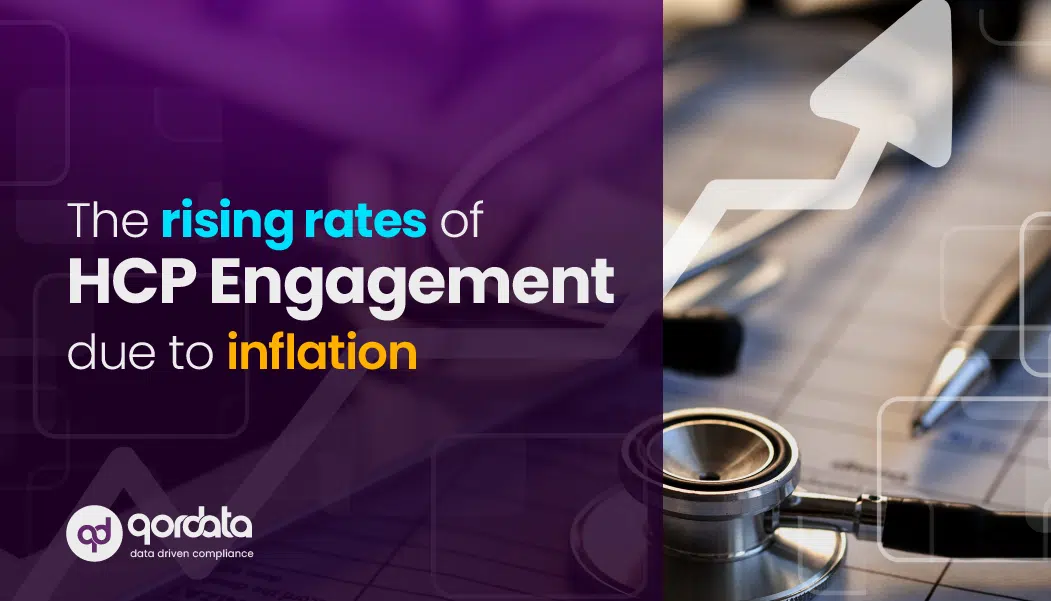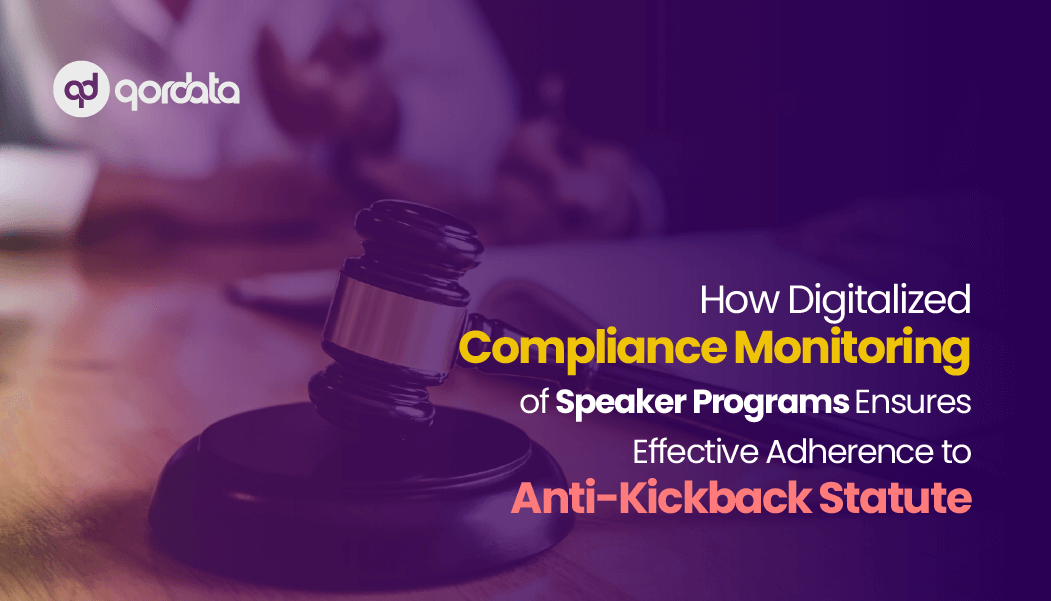The synergy between pharma associations may never materialize. It may even backfire. We will elaborate on this in an upcoming post, with the real-life case of pharma disclosure in Germany.
Today, we discuss how public interest has surfaced as a surprisingly powerful ally in the pharma transparency movement. Before exploring the ‘whats’ and ‘hows’, we would like to talk a little about why ordinary citizens would take an interest in something like pharmaceutical spend.
Public Interest
An obvious answer is public interest. Citizens have a right to know the composition of public and private healthcare. They need to know the components of decisions related to treatment options available to them. In this, the importance of physician-pharma relationships can be illustrated by this example:
Despite the “Welfare State” status governing Europe’s largest economies, the doctor-patient relationship is still transactional, with an uneven power balance.
The doctor, using his/her credibility as the only tool, convinces patients to undergo treatment, even if it is risky and painful. The patient—who is not, and cannot—be as informed about the treatment, needs to trust the doctor.
The cost of such a procedure gone wrong—and left unreported—will not cost the doctor much. He/she may simply move on to other cases. But what about the patient? Even with a disability, the possibility of death, or some lasting deformity, how will he/she—with a superficial knowledge of medicine—prove the doctor’s oversight without the help of—another doctor?
This is just one scenario. Even if a monetary exchange is not involved, a doctor’s conflict of interest can exist and may exhibit itself by:
- Persuading patients to undergo high-risk, experimental procedures for the sake of shortening clinical study cycles.
- Prescribing expensive, less effective medicines in the presence of less-costly alternatives
- Prolonging patient treatment in exchange of favors from sales reps (number of scripts Vs physician spend), or worse, prescribing drugs the patient does not need.
These—and other– scenarios have been true horror stories for patients around the world at some point or other.
Spend data publication tilts an uneven power balance slightly in favor of the patient. By providing visibility into physician spend data, pharma disclosure allows them to:
- Make informed choices about their health and the professionals treating them.
- Know the route for self-advocacy and be free to switch physicians/treatment with a fair case or raise a public outcry if needed.
What has your experience with public interest pharma disclosure been like? Let us know.



